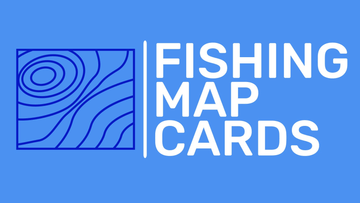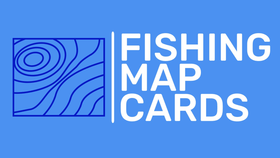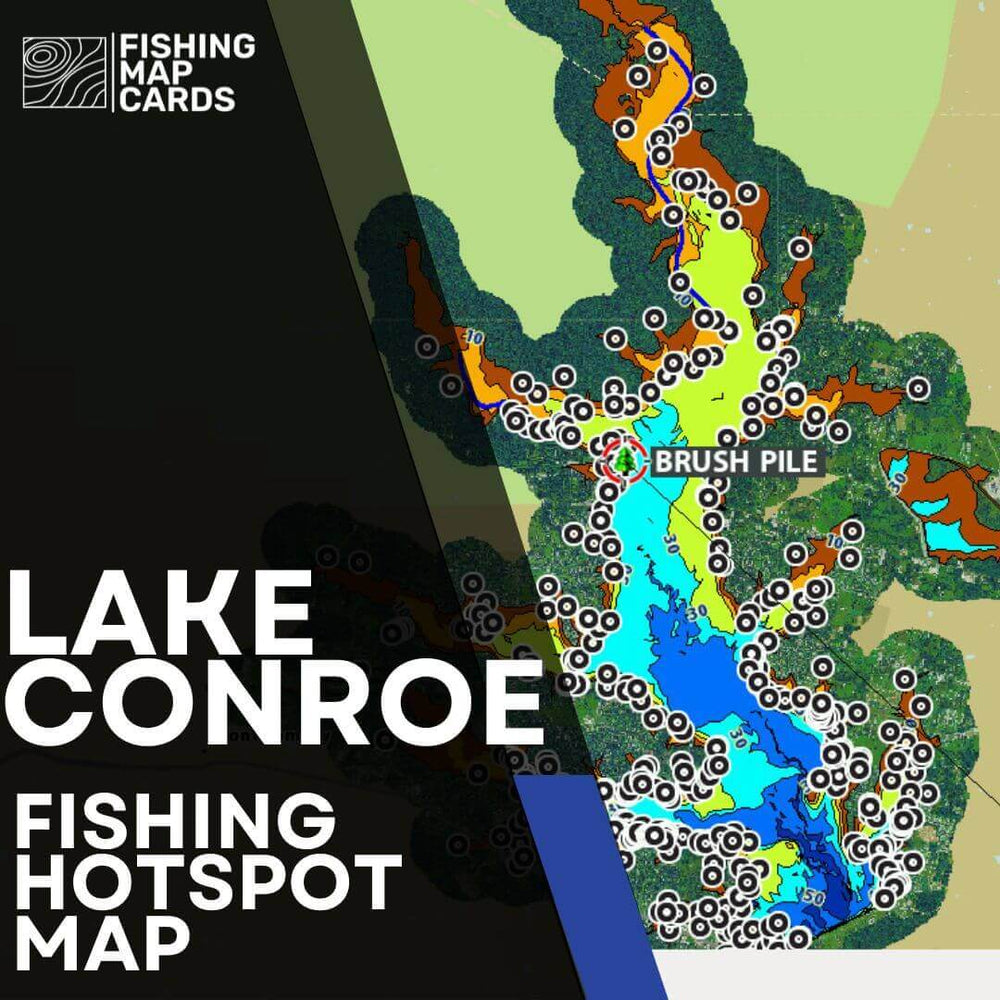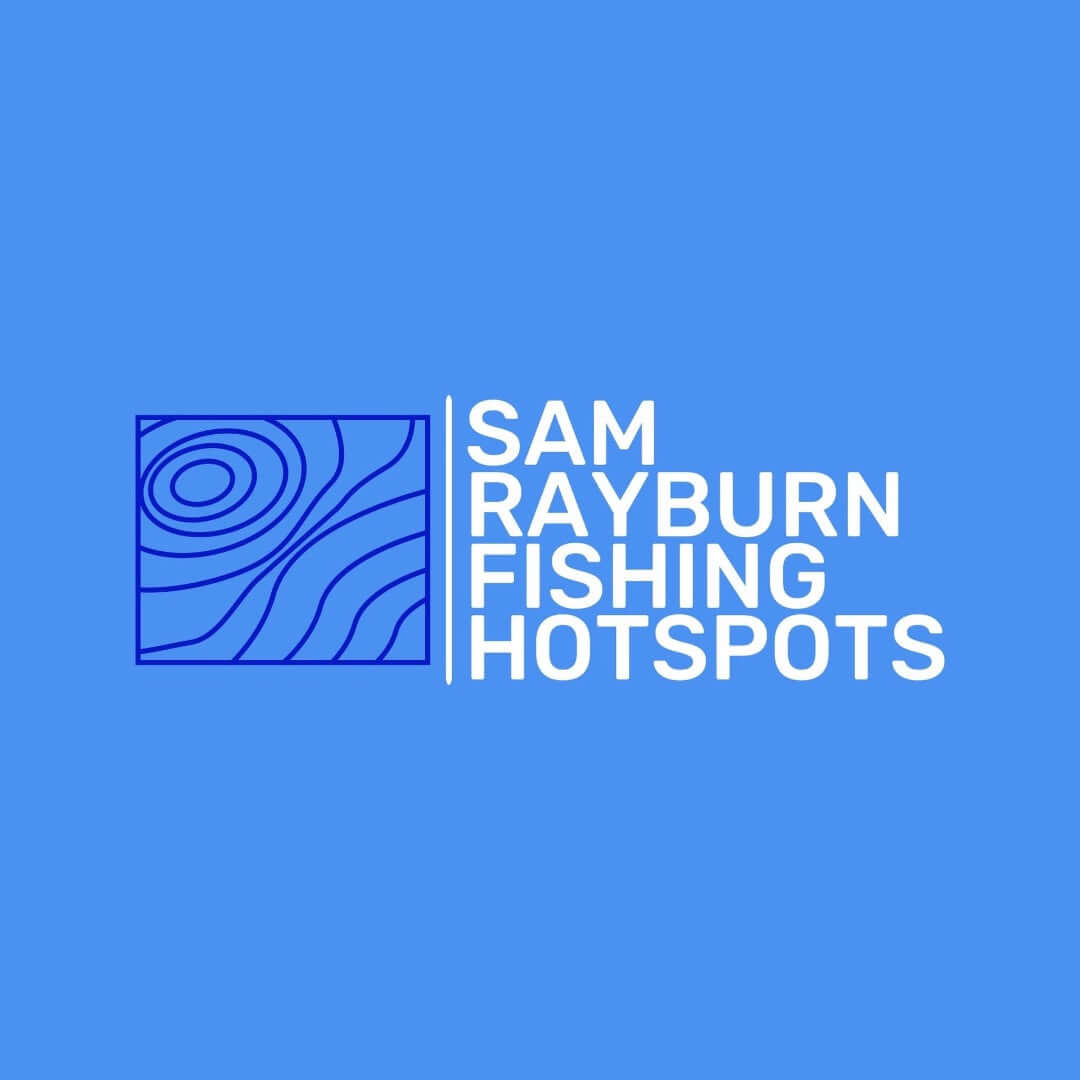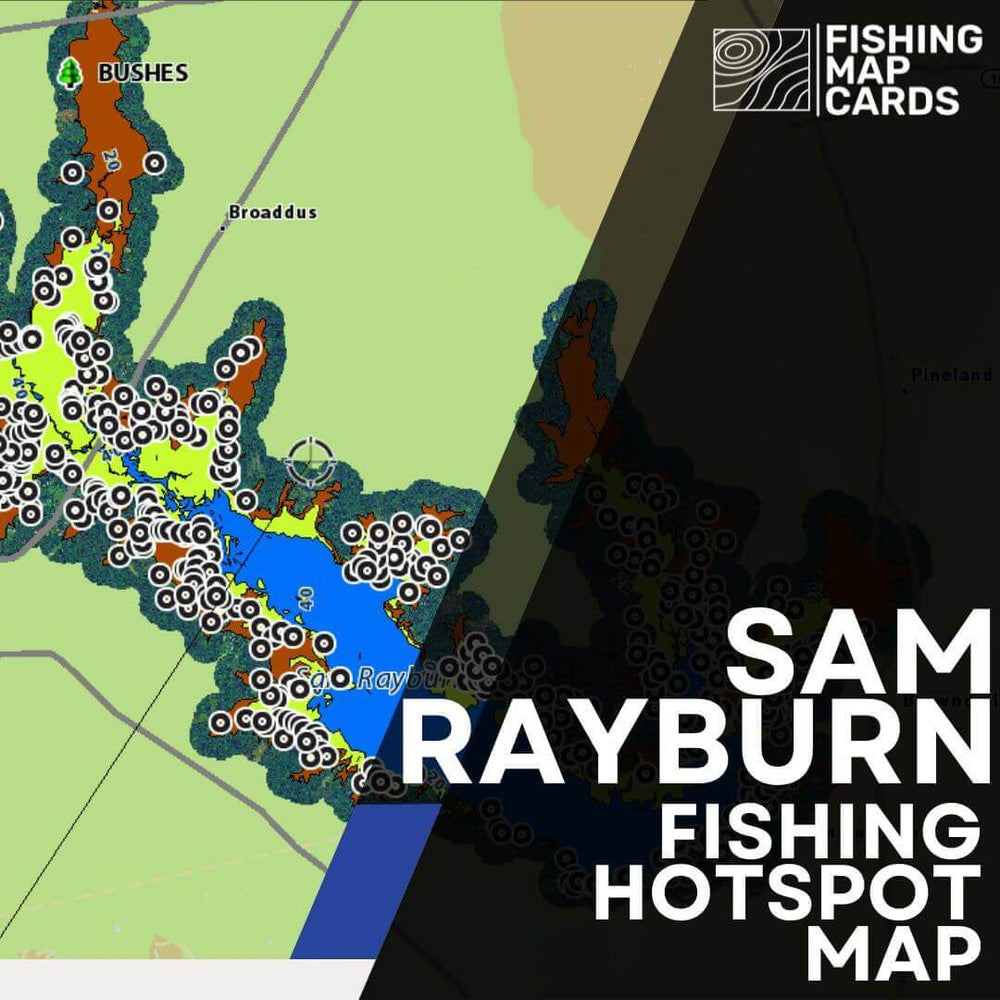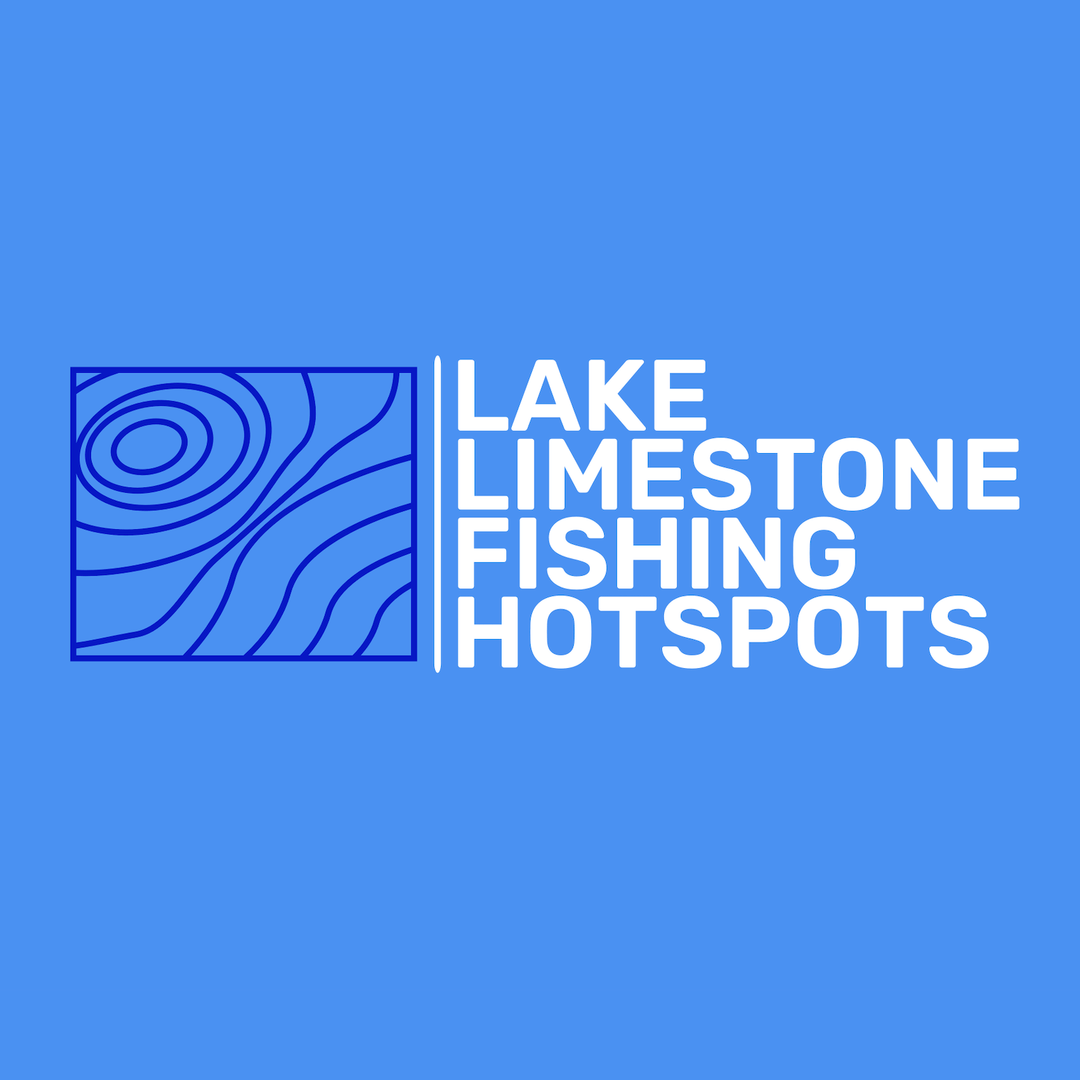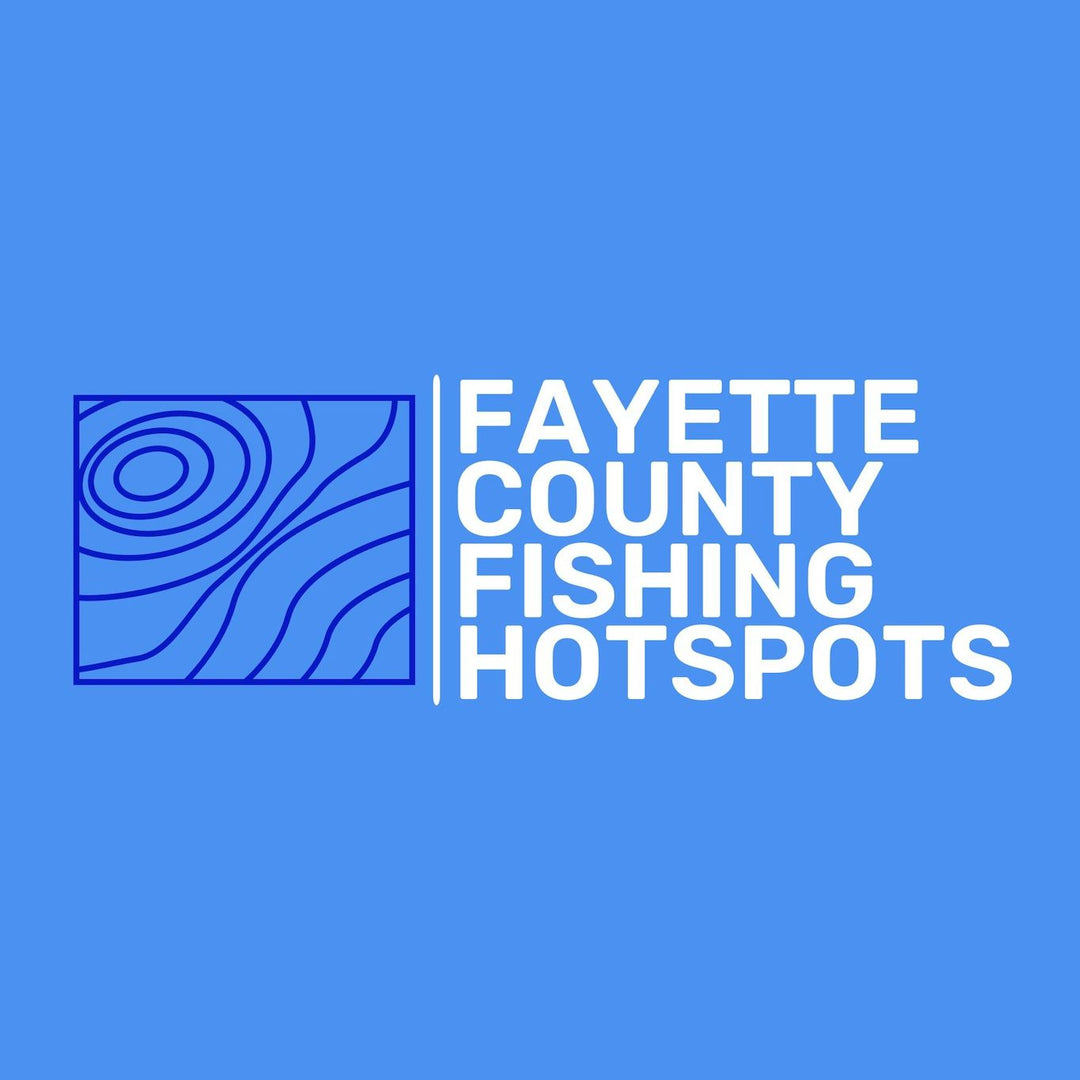Bassmaster's New Rules Regarding Forward Facing Sonar
The recent announcement from B.A.S.S. regarding the 2025 Elite Series and Classic has introduced a series of technology standardization rules aimed at creating a more level playing field for competitors. These changes include limiting anglers to one live sonar transducer, capping the total screen size to 55 inches, and restricting the use of only one electric motor per boat. While the intention behind these rules is clear—ensuring fairness and maintaining the integrity of the sport—many within the bass fishing community, including myself, are skeptical about how much these changes will actually affect the competition.
Key Points of the New Rules
The most notable rule changes center around the use of electronics, particularly forward-facing sonar, which has been a game-changer in recent years. Limiting anglers to a single live sonar transducer and restricting screen size is meant to curb the arms race in technology, where those with more resources could theoretically gain an advantage by using multiple units or larger screens. The idea is to focus more on angler skill rather than who has the most advanced or numerous pieces of equipment.
Another rule restricts competitors to a single electric motor on their boat. This change is likely aimed at maintaining safety standards and preventing anglers from having too many complex systems on their boats, which could create logistical and safety concerns during tournaments.
My Perspective
While these changes are well-intentioned, I’m not convinced they will dramatically alter the landscape of competitive bass fishing. The truth is, about 90% of the field already follows these guidelines, whether due to their own preferences or because it’s simply the most efficient setup for them. In essence, these new rules may not represent a significant shift from the status quo for most anglers.
Moreover, these adjustments seem to appease fishfinder sponsors by ensuring that their technology remains integral to the sport, while also leveling the playing field to a certain extent. However, the competitive edge offered by advanced electronics isn’t likely to disappear entirely; it just might become more subtle.
The Role of Forward-Facing Sonar
One aspect that I find particularly interesting is how the use of forward-facing sonar will continue to evolve under these new regulations. Even in environments where this technology might seem less effective—such as the shallow waters of the Sabine River—anglers have still reported catching their biggest fish of the tournament using forward-facing sonar in just two feet of water. This shows that, despite the regulations, the skillful application of technology can still provide a significant advantage. It will be fascinating to see how anglers adapt to these changes and continue to innovate within the new constraints.
Looking Ahead: The New Schedule
The impact of these rules will be most evident as we move into the 2025 season with a fresh schedule of events. This schedule could potentially mitigate or exacerbate the influence of these technology limitations. For example, on fisheries where electronics have historically played a major role, we may see a greater emphasis on skill and strategy rather than just tech. Conversely, in environments where technology is less critical, these changes might have little to no effect.
Conclusion
In conclusion, while the new B.A.S.S. rules for the 2025 Elite Series and Classic are a step toward standardizing technology use and leveling the playing field, I believe their overall impact may be limited. The majority of the field already adheres to similar practices, and while these rules may appease sponsors and introduce a slight shift in competition dynamics, the real test will come with how anglers adapt and innovate within these new constraints. The upcoming schedule will be key in determining whether these changes truly level the playing field or if they merely maintain the status quo in a slightly different form.
This development adds an intriguing layer to the upcoming season, and I’m eager to see how it unfolds on the water.
Written by Hugh in partnership with fishfindercoach.com
